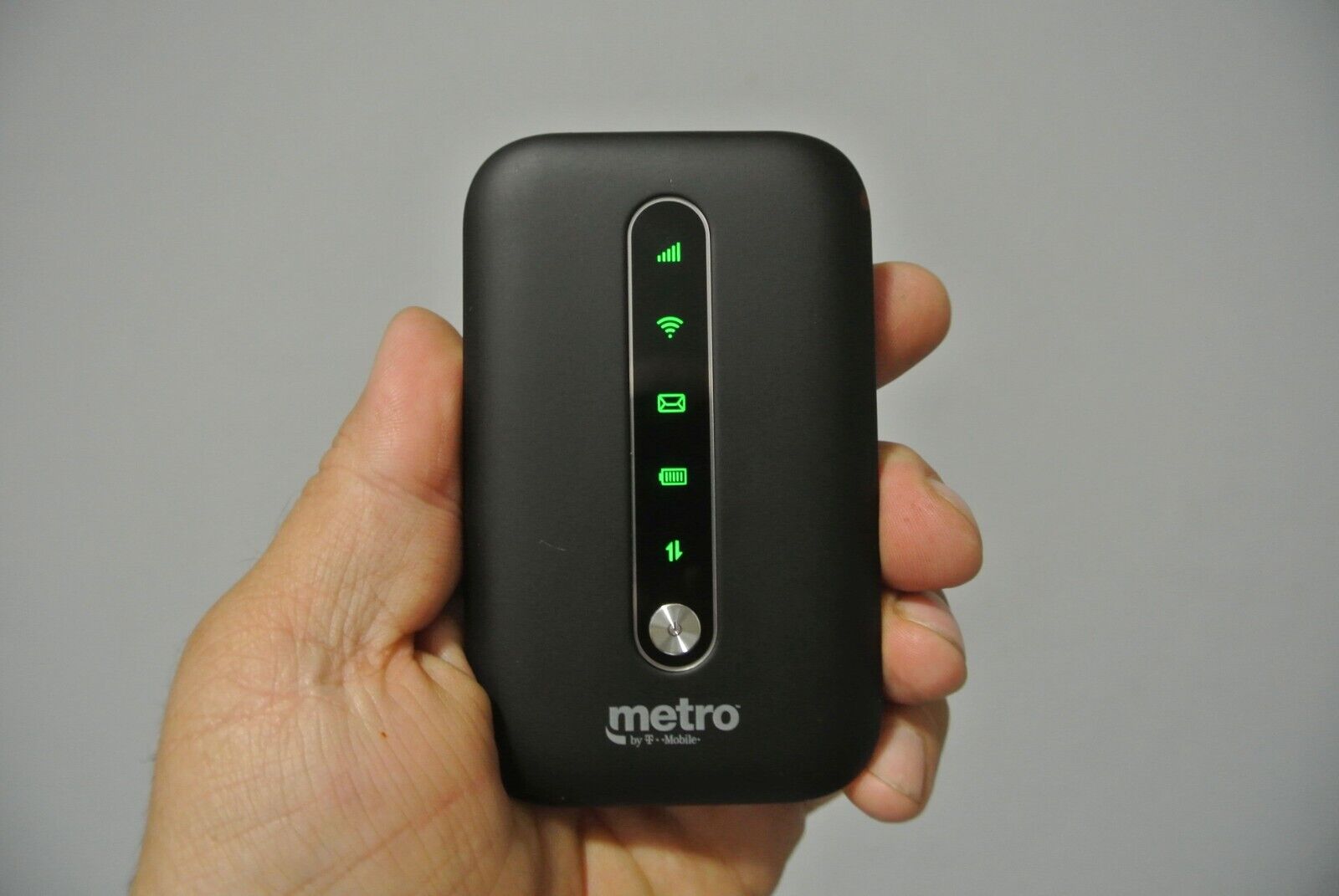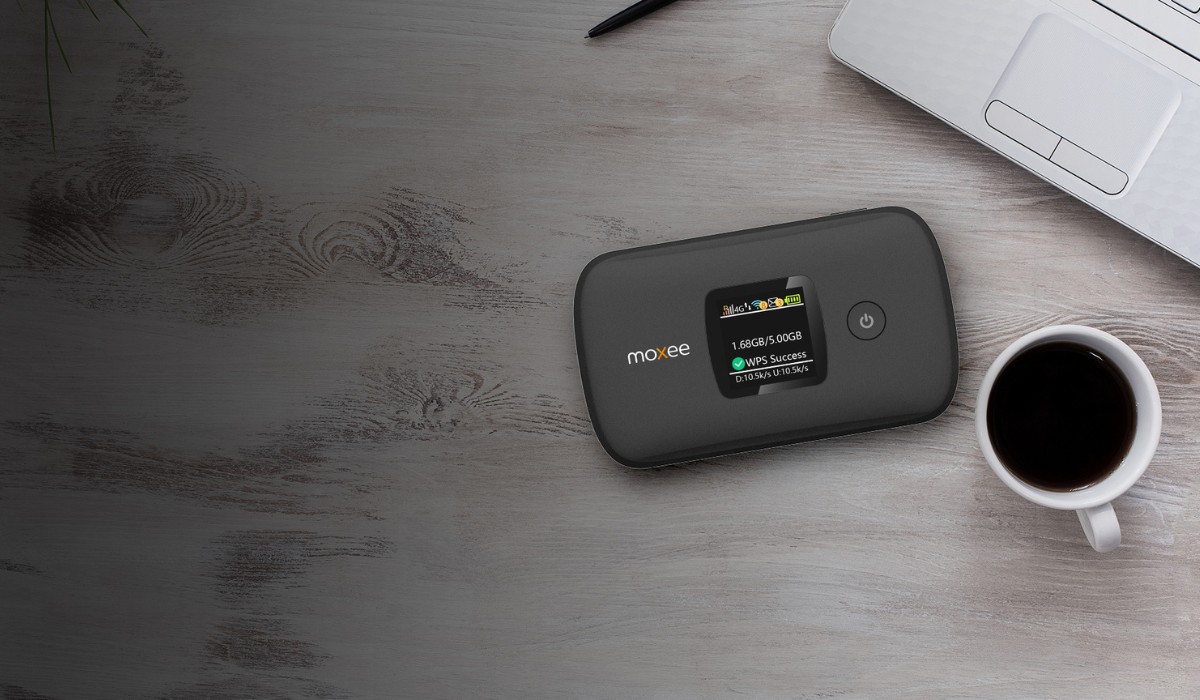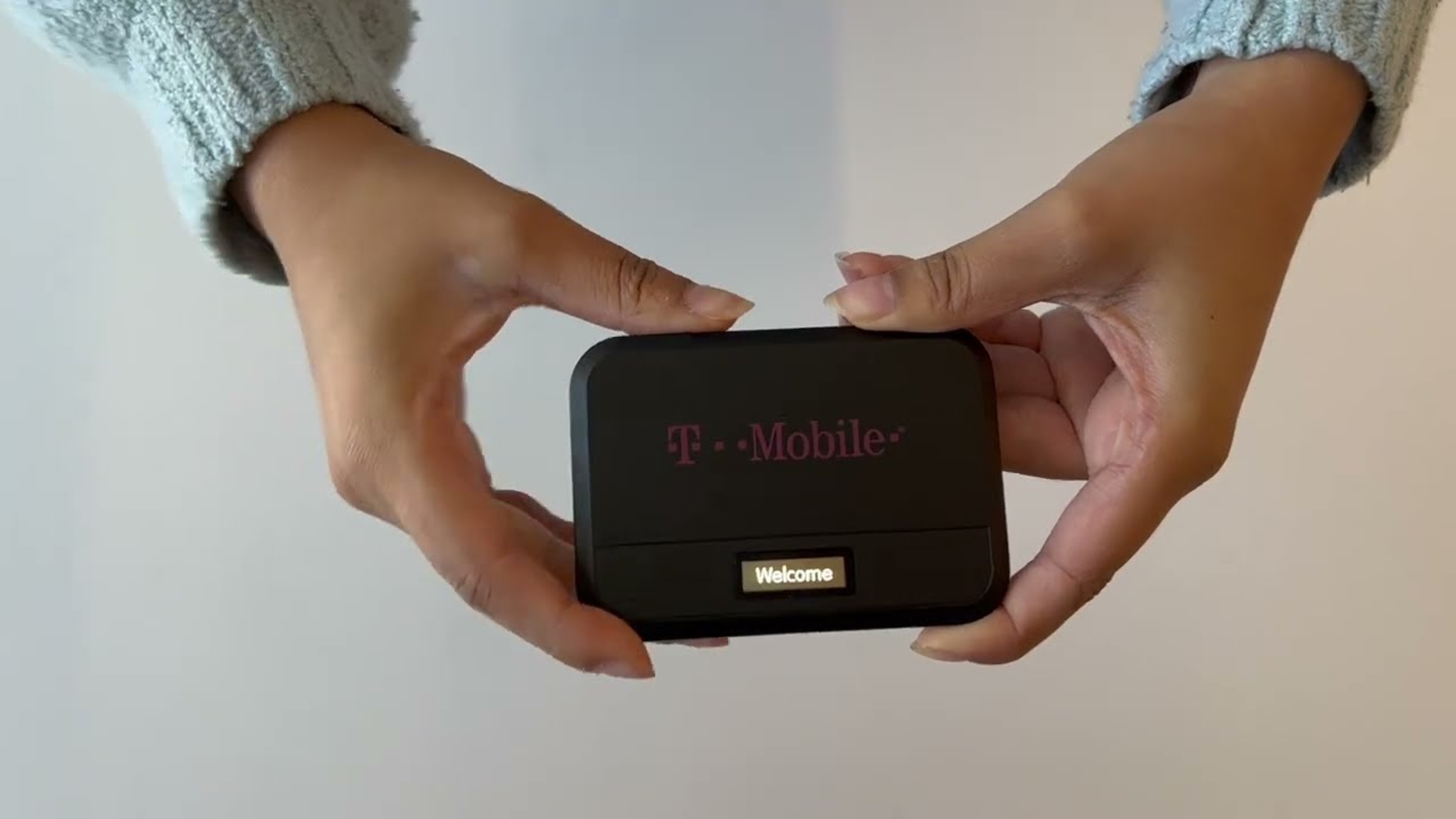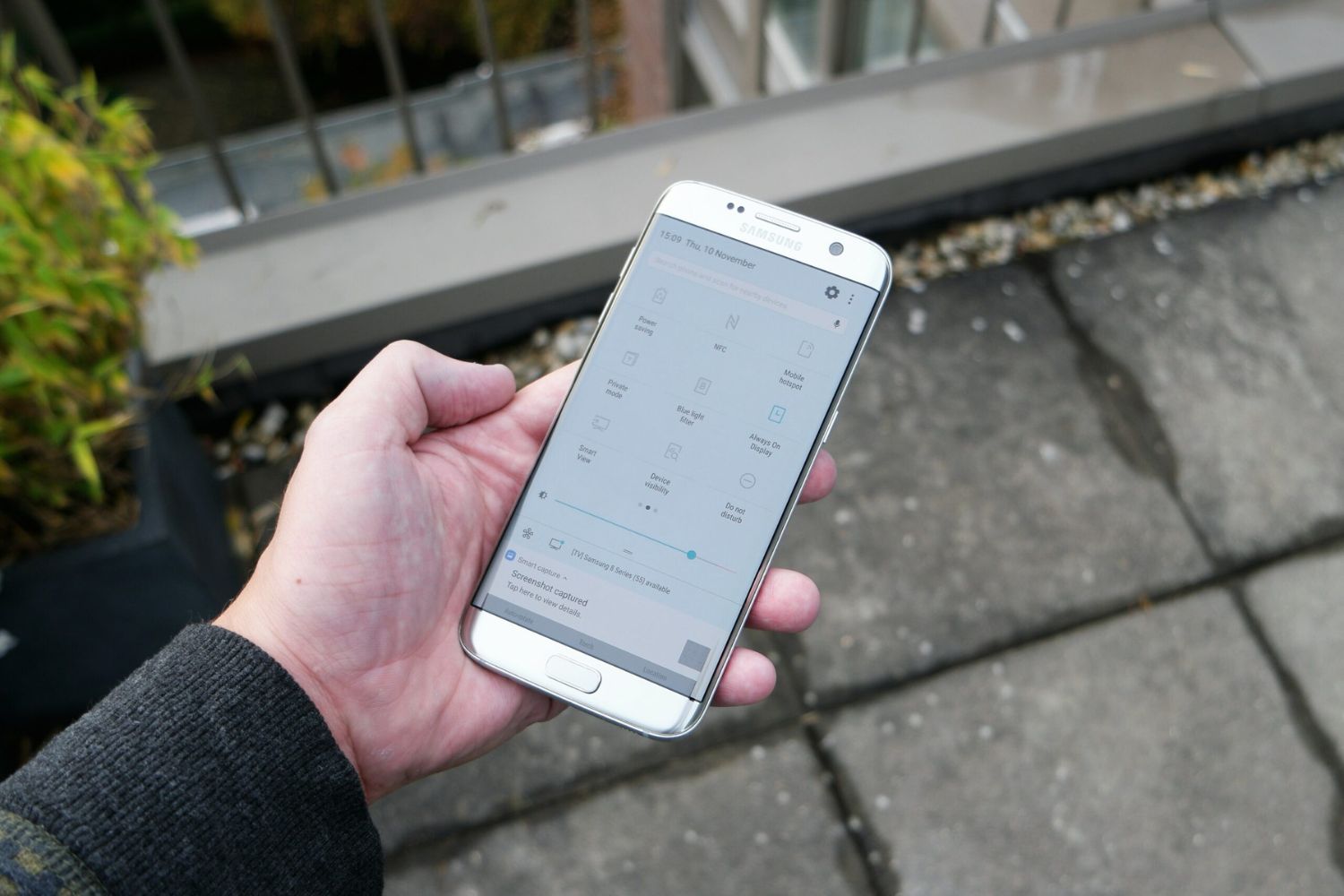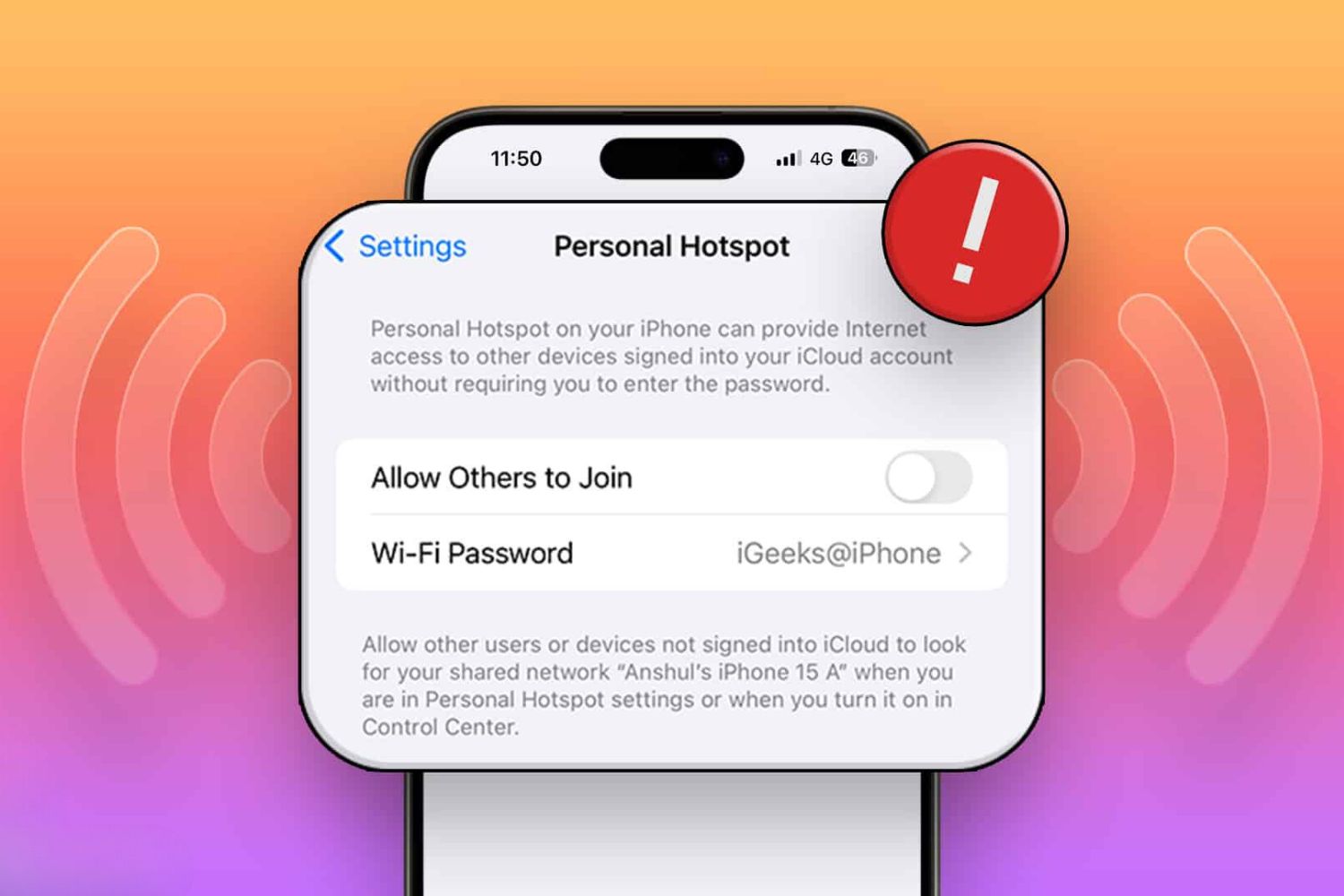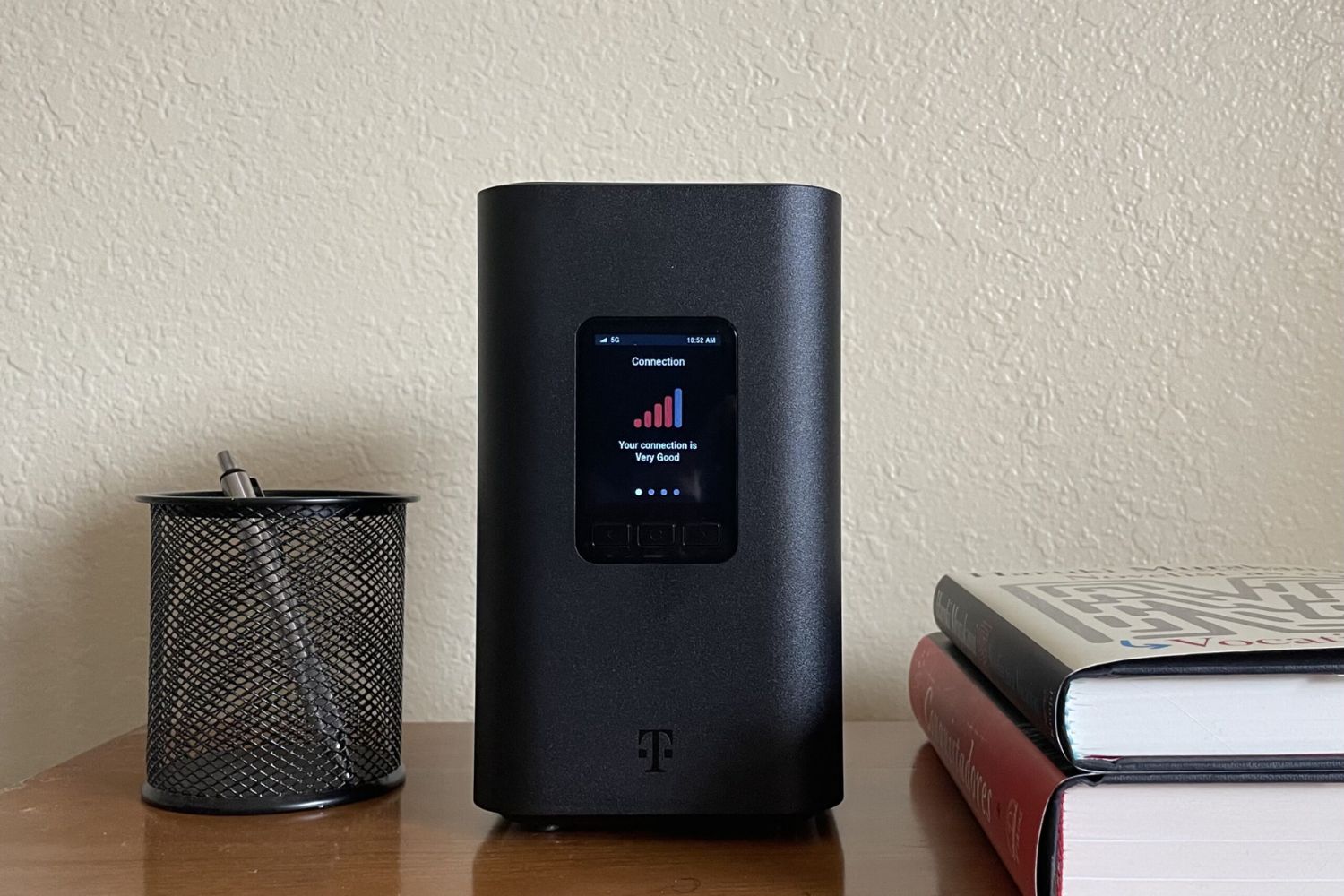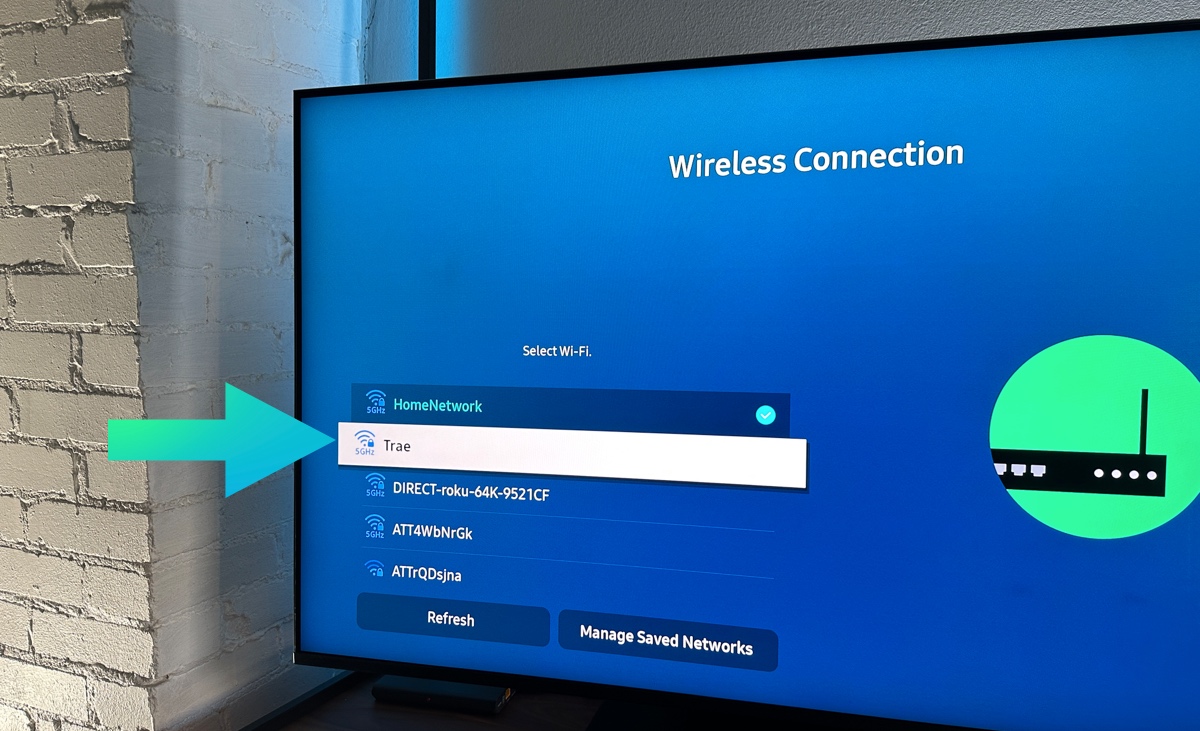Introduction
T-Mobile hotspots have become an indispensable tool for staying connected on the go, offering the convenience of accessing the internet from virtually anywhere. Whether you rely on a T-Mobile hotspot for work, school, or leisure, encountering connectivity issues can be frustrating and disruptive. From sluggish performance to unexpected disconnections, these issues can hinder productivity and dampen the overall user experience. However, with the right knowledge and troubleshooting techniques, many of these challenges can be effectively addressed.
In this article, we will delve into the common issues that T-Mobile hotspot users encounter, explore the methods for diagnosing these issues, and provide practical solutions for resolving them. By gaining a deeper understanding of the potential pitfalls and learning how to overcome them, you can optimize the performance of your T-Mobile hotspot and enjoy seamless connectivity wherever you go.
Stay tuned as we unravel the complexities of T-Mobile hotspot issues and equip you with the insights needed to diagnose and fix these pesky problems. Whether you're a seasoned T-Mobile hotspot user or new to the world of mobile connectivity, this article will empower you to tackle connectivity issues with confidence and ease. Let's dive in and unlock the secrets to a smoother, more reliable T-Mobile hotspot experience.
Common T-Mobile Hotspot Issues
T-Mobile hotspots, while incredibly convenient, are not immune to a range of issues that can disrupt connectivity and hinder user experience. Understanding these common problems is the first step toward effectively addressing them. Here are some of the most prevalent issues faced by T-Mobile hotspot users:
-
Slow or Inconsistent Connection Speeds: One of the most frequent complaints among T-Mobile hotspot users is the experience of slow or inconsistent connection speeds. This can manifest as sluggish web page loading, buffering during video streaming, and delays in file downloads. Such issues can be particularly frustrating for individuals who rely on their hotspot for work-related tasks or entertainment purposes.
-
Intermittent Disconnections: T-Mobile hotspot users may encounter intermittent disconnections, where the device unexpectedly loses its connection to the network. This can disrupt ongoing activities such as video calls, online gaming, or remote work, leading to frustration and productivity setbacks.
-
Limited Coverage and Signal Strength: Another common issue is the limited coverage and weak signal strength in certain locations. Users may find that their T-Mobile hotspot struggles to maintain a stable connection in areas with poor network reception, resulting in a compromised user experience.
-
Device Overheating: Some T-Mobile hotspot devices are prone to overheating, especially during extended periods of use. This can lead to performance issues and, in severe cases, device malfunction or shutdown.
-
Battery Drain: T-Mobile hotspots are battery-powered, and excessive battery drain can be a significant concern for users, particularly when they are unable to access a power source for recharging.
-
Software and Firmware Issues: Software glitches and outdated firmware can also contribute to T-Mobile hotspot issues, leading to operational inefficiencies and connectivity problems.
Understanding these common T-Mobile hotspot issues is crucial for effectively diagnosing and addressing connectivity challenges. By recognizing the symptoms and underlying causes of these problems, users can take proactive steps to enhance their hotspot performance and reliability.
Diagnosing T-Mobile Hotspot Issues
When faced with connectivity issues on your T-Mobile hotspot, it's essential to employ a systematic approach to diagnose the root causes of the problems. By methodically assessing various factors, you can gain valuable insights into the nature of the issues and take targeted steps to resolve them. Here's a comprehensive guide to diagnosing T-Mobile hotspot issues:
-
Signal Strength and Coverage: Begin by evaluating the signal strength and coverage in your current location. Check the signal bars or indicator on your T-Mobile hotspot device to gauge the strength of the network connection. If the signal is weak or fluctuating, consider relocating to a different area with better coverage to see if the connectivity issues persist.
-
Device Overheating: Excessive heat can impair the performance of T-Mobile hotspots, leading to connectivity issues and potential device malfunctions. Feel the surface of the hotspot device to determine if it is overheating during use. If overheating is detected, allow the device to cool down before attempting to use it again.
-
Battery Status: Assess the battery status of your T-Mobile hotspot to ensure that it has an adequate charge. Low battery levels can impact the device's performance and contribute to connectivity issues. If the battery is running low, consider recharging the hotspot to eliminate this potential factor.
-
Firmware and Software Updates: Check for available firmware and software updates for your T-Mobile hotspot device. Outdated firmware and software can introduce compatibility issues and operational inefficiencies, leading to connectivity problems. Ensure that your device is running the latest firmware and software versions to mitigate these issues.
-
Network Congestion: Evaluate the possibility of network congestion in your current location, especially in densely populated areas or during peak usage times. High network traffic can impact the performance of T-Mobile hotspots, resulting in slower connection speeds and intermittent disconnections.
-
Alternate Devices and Locations: Test the hotspot connectivity using alternate devices, such as smartphones or laptops, to determine if the issues are specific to a particular device. Additionally, try using the hotspot in different locations to assess whether the connectivity problems persist across various environments.
By systematically diagnosing T-Mobile hotspot issues through the aforementioned steps, users can gain a clearer understanding of the underlying factors contributing to connectivity challenges. This diagnostic process lays the groundwork for implementing targeted solutions to address the identified issues and optimize the performance of T-Mobile hotspots.
Fixing T-Mobile Hotspot Issues
Once the root causes of T-Mobile hotspot issues have been identified through a thorough diagnostic process, it's time to implement targeted solutions to restore seamless connectivity and optimize the device's performance. By addressing specific factors contributing to slow speeds, intermittent disconnections, and other common problems, users can effectively overcome these challenges and enjoy a more reliable hotspot experience. Here's a detailed guide to fixing T-Mobile hotspot issues:
1. Signal Optimization:
- Relocation: If the signal strength is weak or fluctuating, consider moving to a different location with better coverage. Positioning the hotspot near a window or in an elevated area can often improve signal reception.
- External Antennas: Explore the option of using external antennas to enhance signal reception, especially in areas with poor network coverage.
2. Device Management:
- Heat Dissipation: To address overheating issues, ensure that the T-Mobile hotspot device is placed in a well-ventilated area and avoid using it for extended periods in direct sunlight or high-temperature environments.
- Power Management: Optimize battery usage by adjusting power settings on the hotspot device and carrying a portable charger for extended usage.
3. Firmware and Software Updates:
- Regular Updates: Keep the T-Mobile hotspot's firmware and software up to date to benefit from performance improvements, bug fixes, and enhanced compatibility with network infrastructure.
4. Network Optimization:
- Off-Peak Usage: Schedule bandwidth-intensive activities during off-peak hours to minimize the impact of network congestion on hotspot performance.
- Network Settings: Explore advanced network settings on the hotspot device to prioritize connectivity and optimize performance based on the available network resources.
5. Troubleshooting Assistance:
- Technical Support: Reach out to T-Mobile's technical support for assistance with diagnosing and resolving persistent connectivity issues, especially those related to network configuration and device compatibility.
6. Alternative Connectivity Options:
- Tethering: Consider using tethering options with compatible devices as an alternative to the T-Mobile hotspot, especially in areas where network coverage is limited.
By implementing these targeted solutions, T-Mobile hotspot users can effectively address a range of connectivity issues and optimize the performance of their devices. Whether it's enhancing signal reception, managing device heat, staying updated with firmware releases, or seeking technical support, proactive measures can significantly improve the reliability and efficiency of T-Mobile hotspots.
This comprehensive approach to fixing T-Mobile hotspot issues empowers users to overcome challenges and unlock the full potential of their mobile connectivity, ensuring a seamless and productive experience across various usage scenarios.
Conclusion
In conclusion, T-Mobile hotspots are valuable tools for staying connected on the go, offering the flexibility and convenience of accessing the internet from virtually anywhere. However, as with any technology, these devices are susceptible to a range of connectivity issues that can impact user experience and productivity. By gaining a deeper understanding of the common problems, diagnosing the root causes, and implementing targeted solutions, users can effectively overcome these challenges and optimize the performance of their T-Mobile hotspots.
It's essential for T-Mobile hotspot users to remain proactive in managing and troubleshooting connectivity issues. By optimizing signal reception, managing device heat, staying updated with firmware releases, and seeking technical support when needed, users can significantly enhance the reliability and efficiency of their hotspots. Additionally, exploring alternative connectivity options and scheduling bandwidth-intensive activities during off-peak hours can further contribute to a smoother and more consistent user experience.
As technology continues to evolve, T-Mobile remains committed to providing reliable and innovative solutions to meet the connectivity needs of its users. Leveraging the latest advancements in network infrastructure, firmware updates, and customer support, T-Mobile strives to empower its users with robust and dependable connectivity solutions.
Ultimately, by equipping T-Mobile hotspot users with the knowledge and tools to diagnose and address connectivity issues, this article aims to foster a more seamless and enjoyable user experience. Whether it's staying connected for work, education, or entertainment, T-Mobile hotspots play a vital role in keeping individuals connected and productive in an increasingly mobile world.
With a proactive mindset, a solid understanding of diagnostic techniques, and the implementation of targeted solutions, users can navigate and conquer the challenges associated with T-Mobile hotspot issues. By doing so, they can unlock the full potential of their mobile connectivity and enjoy uninterrupted access to the digital world, wherever their adventures may take them.









